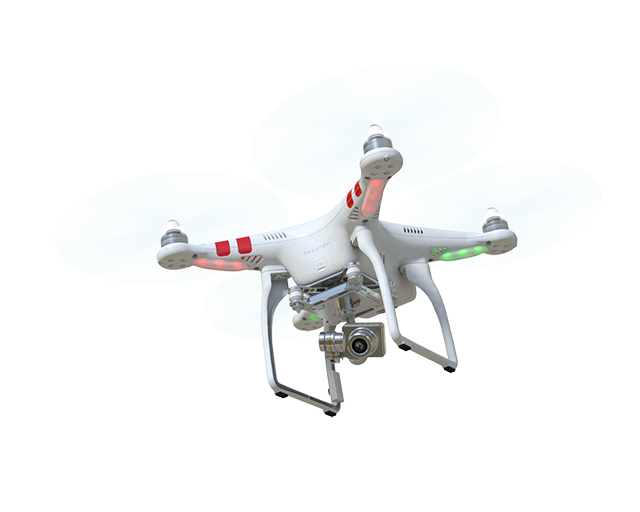
Products
DJI Phantom Beginners Guide: Part One
Heliguy have been dealing with DJI Phantom's long enough to say we are pretty much experts in the product. Our guide is for new DJI Phantom owners. ... Read More
Heliguy have been dealing with DJI Phantom's long enough to say we are pretty much experts in the product. From the first incarnation to the latest DJI Phantom 2 and DJI Phantom 2 Vision+ we have been repairing, adding FPV systems and giving advice on the leading quadcopter in the market. Here is what we have learned over the years. DJI-Phatom-2-vision-plus.png
Before first use of your DJI Phantom
Heliguy recommend that you upgrade your Phantom firmware first before use. To do this go to www.dji.com then click on products and find your Phantom. Then click on Downloads. If you are a Windows user, download the newest Assistant Software exe file and the WIN Driver. If a Mac user, download the Assistant Software dmg file. dji-software-downloads.png After the software is installed connect your Phantom (props off) to your PC and open the Assistant Software. If there is any updates you will be asked to install it. Please do so. After that restart your Phantom and you're ready for the next step.
Heliguy tips to read before flying
The basics of flying a DJI Phantom
Start by picking flying sites using these criteria for your first flight:
No water
No People
No power Lines
No cell phone towers
No Animals
use-google-maps.png Use Google Maps Make your first few flights in these places until you know your DJI Phantom is stable and you can handle it comfortably before moving in to populated and challenging areas. Permissions may well be needed by CAA or relative body, follow their rules. If you hear, or see, anything wrong with Phantom flight, look to make a safe landing as soon as possible and inspect the vehicle. Check your compass is calibrated and vary your takeoff location. When you go out for your flight, bear in mind the weather conditions. If it is windy your phantom will be jerky when correcting GPS in wind, so look for different place to fly or just wait for the wind to die down. IMG_9696-1.jpg Limit your altitude and manoeuvres. Start by just going up to 30 feet first and increase altitude by 10 - 15ft each flight, your goal is not for utopian video and pictures at first but to feel comfortable manoeuvring. Fly slowly and methodically, and do not climb higher than you need to at first Memorize these steps for all flights:
First turn on your Wi-fi Extender (if you are flying a Phantom 2 Vision+)
Run the APP (if you are flying the Phantom 2 Vision+)
Switches S1 and S2 are "UP"
Transmitter is "ON"
Phantom is "ON"
Reverse the above checklist to shut it down and finish your flying session.
On your first flights, learn to take off and just hover and watch the behaviour of the Phantom before moving on and undertaking manoeuvres. Try not to undertake complex manoeuvres, fly linear one direction at a time “etchasketch” like. Learn to fly a square; forward then left then forward, then left, then forward. Then back to your start point. Increase the size, vary the direction, then fly sideways, then backwards, and build your confidence and ability methodically. Safety for take offs and landings:
This is a multirotor, all take-offs and landings HAVE to be up and down, not at an angle.
Your ground speeds should be "0" (Zero) - (Airplanes land with speed not quads).
If windy, you will have to push the throttle a bit harder for take off
Test your Phantom thoroughly and make sure all functions work.
Charge your batteries accordingly and as specified in the manual and change your transmitter batteries every 4 to 5 flights. I would say that after 10 to 15 flights you can start looking to more challenging locations, by then you will know your Phantom well enough. If you practice your safe flying you will be doing your part at avoiding an accident and you will enjoy your phantom even more. If you have any questions at all, please do let us know via blog comments or by contacting us. Part Two will be with us very soon.
